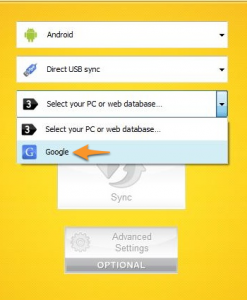Websites were made to attain specific goals. Whether to increase sales, become the authoritative source for information, be a gateway to build your brand, or support existing and potential customers, one thing is for sure, It needs to be visited by as many target audiences as possible. So how do you do this? Take heed of these tried and tested methods to increase direct traffic to your website.
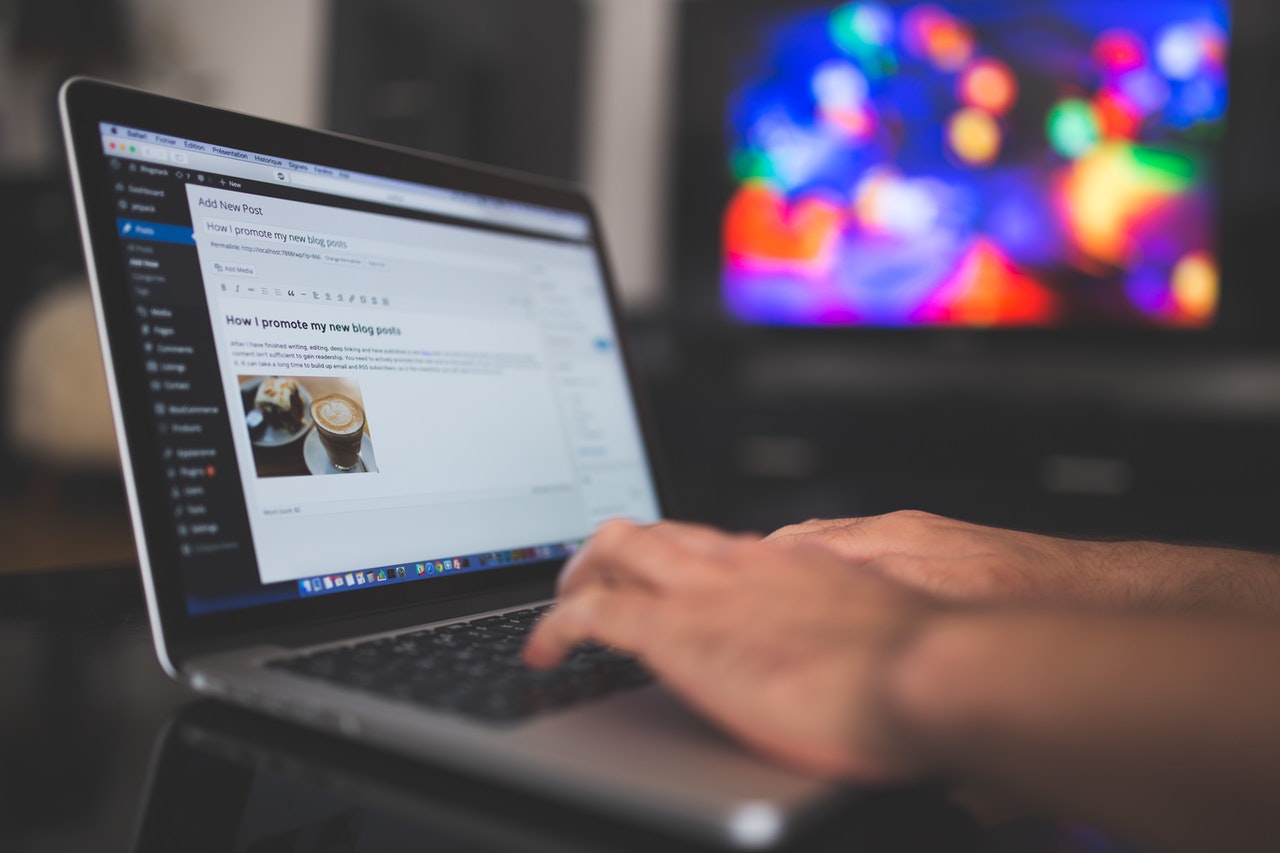
How to Drive Traffic to Your Website?
1. SEO
Search Engine Optimization, contrary to popular belief, still works. It’s a ladder of several processes whose only goal is to get your website on top of the search results made in Google and other search engine platforms. SEO and Websites go hand in hand since your platform will only be seen by the target audience when they search it into any search engine.
SEO does this by using the keywords that most users type into search engines like Google, add in internal links, meta description, and other intricate details. Learn the basics of SEO to understand how it works and how it can help you gain more visitors. There are a lot of SEO experts out there that can help you rank in Google’s search results.
2. Dress Your Website to be More Likeable
Say, what? Yes, websites need to be beautiful in a way where people visiting them get to the door and not leave after five seconds. It’s all about the user’s experience at this stage. User experience or UX is one effective method to convert your visitors into consumers, availing of anything you are offering them.
Appearance plays its part in making people get engaged in your site but navigation is what makes them stay and convince them to do what you want them to. Knowing how to do what is the secret in mapping out the best navigation. So try to understand your visitors and anticipate their every move, if possible. That is the only way you can keep up with their needs and supply it from your website.
3. Conversion Funnel
Brainstorming for a better user experience quality for your visitors is achieved by a conversion funnel. A conversion funnel is your roadmap to understanding your target audience, knowing what their needs and wants to better engineer your website to appeal to them.
There are six stages that you have to do to properly initiate a meaningful conversion funnel.
- Create Google Analytics Funnels
- Optimize Your Awareness Stage
- Optimize Your Consideration/Interest Stage
- Optimize for Your Desire Stage
- Optimize for Your Purchase Stage
- Optimize the Loyalty/Advocacy Stage
It might take some serious learning and a considerable amount of time to get the conversion funnel right. But hey, as they say, “If there’s a will, there’s a way.”.
4. Content is the King
Content means writing a lot of blogs for your website. Writing blogs that give valuable information to the readers, easy to understand, and have internal links that readers can refer to guarantees frequent visits. But writing for other already established blog sites can even pull more potential customers into your site. This is called a guest blog or post. By adding even just one meaningful link to one of your web pages is very helpful to boost your website’s traffic.
A key to writing good content is using graphics and getting your readers hooked in the article. You should avoid lengthy paragraphs and hard to read sentences. Make it more interesting by connecting to the reader, write like you’re talking to them. That’s one way of catching their attention and hopefully, convincing them to try to visit and see what your website has to offer.
5. Social Media Presence is A Must
Ads through Facebook, YouTube, Twitter, Instagram, and other social media sites are a necessity if you want your platform to gain some ground. Social media sites are the world wide web’s market. This is where everyone fishes information and goods from all around the world.
From a marketing standpoint, there’s no use trying to sell your product without anyone to take notice of it. You can also share valuable content that people might be interested to read. You can score more points if you have more retweets – in the case of Twitter, or more likes when you showcase your website on Facebook. Retweets and likes are the best in gaining authority over something.
6. YouTube
Aside from teaming up with YouTube for your 5sec ads, you can also set up your own channel and shoot infomercial videos, a glimpse of your advocacies, or any activities that would let your audience get a good knowledge of what your website is.
You can also hire an influencer to market your website or help you gain more curious visitors to look into your website and see what the fuss is about. It’s all about getting your target audience curious enough to convince them to check out your site.
7. Evaluate Your Marketing Management Strategy
When all is done, you would need a measurement to gauge your current marketing strategy. A good marketing strategy starts with establishing SMART goals – Specific, Measurable, Attainable, Relevant, and Time-Bound.
- Goals must be Specific enough that it answers the 5 W’s: Who, What, Where, When, Why
- Goals must be Measurable that you can think of how to measure their success; percentage, rank, etc.
- Goals must be Attainable that you can figure out ways on how to do them.
- Goals must be Realistic with the limited resources that you have.
- Goals must be Time-bound. This means you have to give it a deadline.
When you can evaluate your real-time progress using your goals, then you are on the right track. But if you are having a hard time figuring out and putting a number on your achievements, then you would have to go back to the drawing board and see if you have drawn SMART plans for your marketing strategy.
Increasing your website traffic is a must across all organizations that engage in the World Wide Web. You will not attain your goals and you are wasting your precious dollar if you don’t get this campaign right.
